I'll provide a comprehensive answer for this question, I know its quite old, but it's still relevant.
We're gonna be using Generic Relations.
First, in settings.py make sure that django.contrib.contenttypes is included in the INSTALLED_APPS array.
Let's create a new model in models.py:
from django.contrib.contenttypes.models import ContentType
from django.contrib.contenttypes.fields import GenericForeignKey, GenericRelation
With content_type we can associate Image with any other model class, while object_id will hold the other model instance.
class Image(models.Model):
image = models.ImageField(
upload_to="imgs/products", blank=True)
content_type = models.ForeignKey(ContentType, on_delete=models.CASCADE)
object_id = models.PositiveIntegerField()
content_object = GenericForeignKey()
To refer back to the Image model from a Company instance we need to make a reverse generic relation
class Company(models.Model):
name = models.CharField(max_length=100)
images = GenericRelation(Image)
In schema.py, we can create Images in a Company instance like:
company_instance = Company(name="Apple")
company_instance.save()
for img in imgs:
#Image(image=img, content_object=company_instance)
company_instance.images.create(image=img)
company_instance.images.all() # fetch all images
the company_instance.images field is just a GenericRelatedObjectManager (docs)
This is how the final Image table looks in the database:

